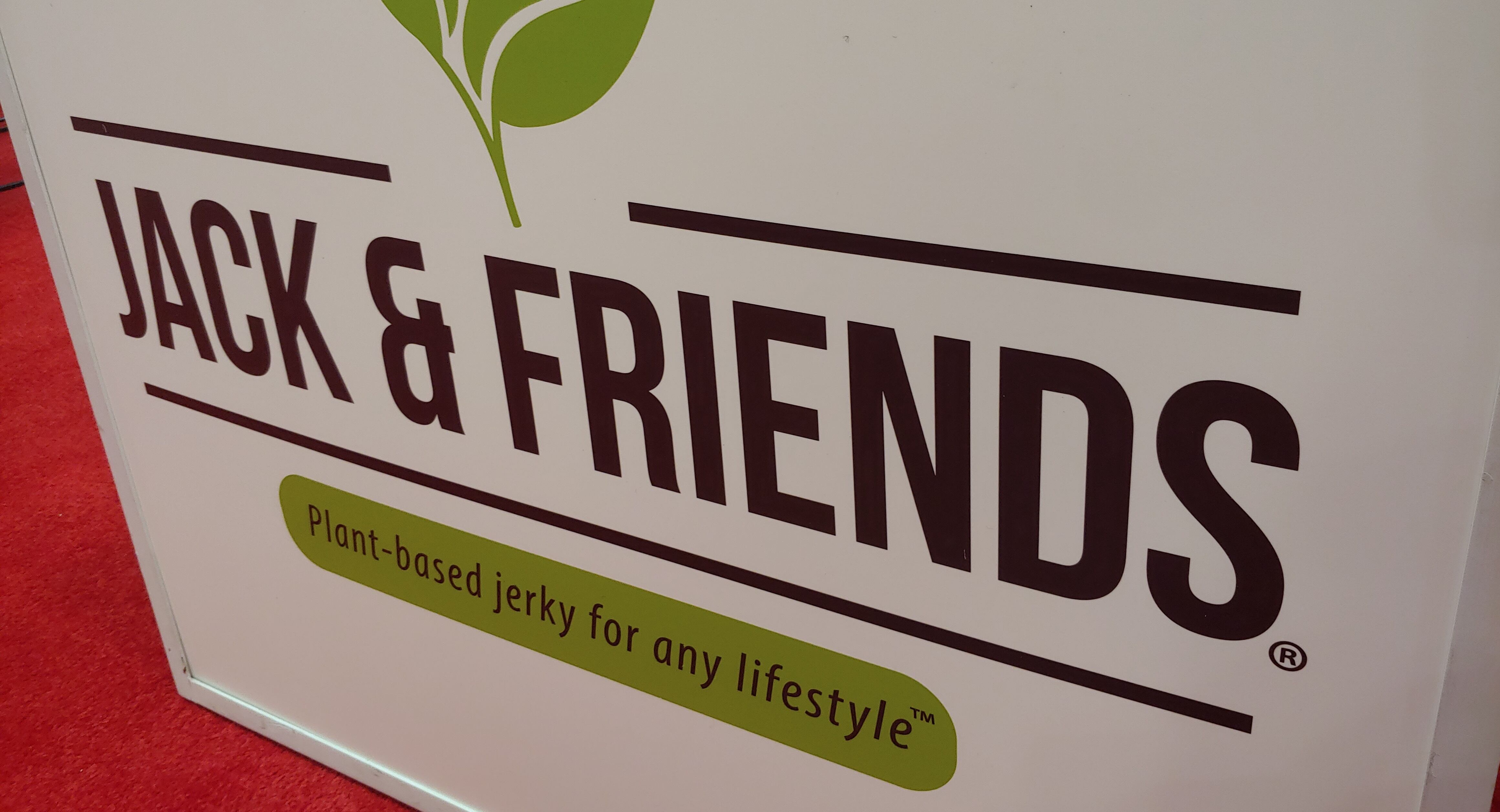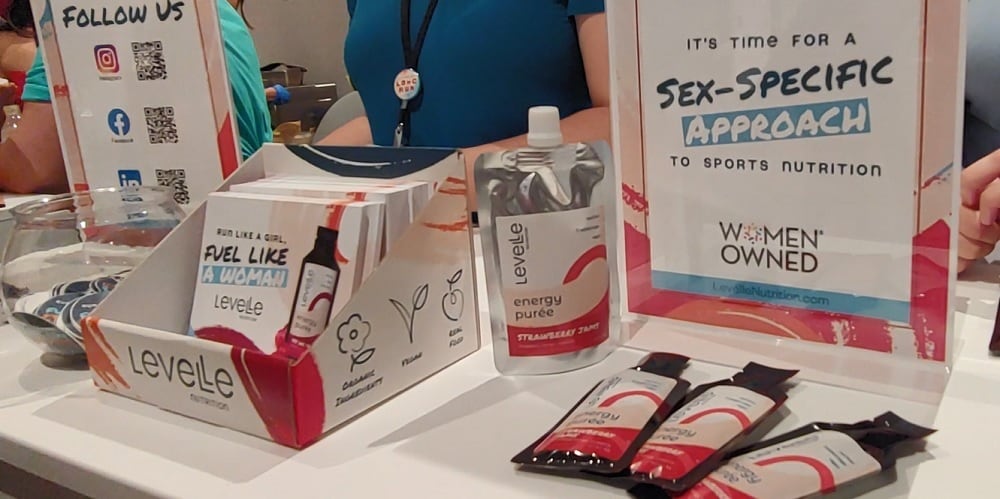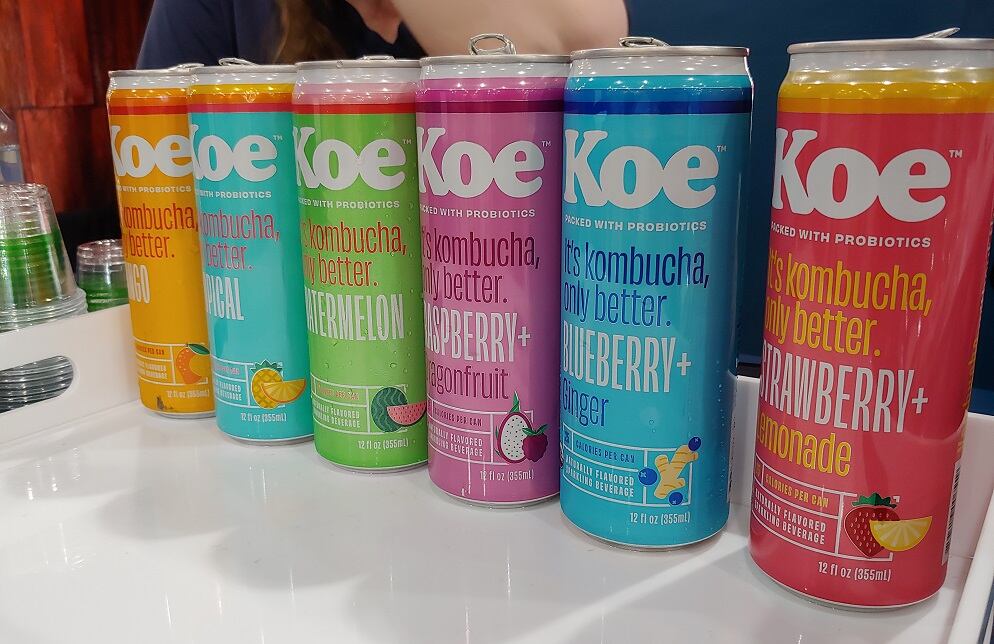This strategy allowed the brand to connect with potential shoppers at a moment when they might be more open-minded to an unfamiliar product and to better convey the taste and texture of their crunchy mushroom chips than they could online. It also allowed them to scale their business at a more manageable pace with smaller initial orders they could afford and also leverage to access larger orders at more traditional grocery retailers, company co-founder Matilyn Yang explained to FoodNavigator-USA at the Summer Fancy Food Show this week in New York City
“We wanted to be where the customer is and have them be in a situation almost where they’re looking to try new things – and that isn’t always a grocery store,” she said, explaining that in department stores consumers often move at a more leisurely pace and have an exploratory mind-set compared to when they grocery shop and are focused on a list and getting in and then getting out.
Pop-ups offer a faster route to market
The company’s participation in pop-ups in Bloomingdales and Nordstrom and placement in Urban Outfitters also allowed it to sell product while finetuning its strategy for more conventional retail, including refining its packaging, landing a distributor, securing key certifications and making a case to buyers.
Yang explained when she “soft launched” the product she didn’t know that most grocers require brands to work with a distributor and many retailers asked her to adjust different aspects of her product, such as the bag size. But while she pursued those changes, she said, she still needed to sell her product to finance the business and requested changes.
“What surprised me about the industry for CPG is this whole distributor model. … In the fashion world, if you’re just a clothing brand, you sell to Bloomingdales directly, you sell to Nordstrom directly, and so they are used to that model,” which allowed Popadelics to sell product while it secured a distributor for grocery retail.
The buying cycle at fashion-focused department stores also is more flexible than retail grocery – offering several seasonal opportunities to win shelf space versus at grocery stores which commonly reset shelves once or twice a year at most.
The placement and sales Popadelics secured at the pop-up stores also helped prove its concept to more skeptical grocers, said Yang.
In store sales help drive ecommerce
Popadelics playful presence in pop-ups also doubled as a more cost-effective marketing campaign for the company’s ecommerce business that more traditional advertising options, such as Instagram and Facebook, said Yang.
She explained that as a self-funded startup, Popadelics couldn’t afford to spend the minimum suggested $10,000 a month on Facebook and Instagram advertising, and so it has opted to not spend anything on those platforms.
Still, the company’s online business “does very well,” because people who try one bag in store are then more open to buying a bulk order of six bags or more from the online store.
Expanded distribution on the horizon
Looking forward, Yang says pop-ups and the fashion world will continue to play a role in the company’s distribution, but she added Popadelics is ready for more traditional retail opportunities now that it has a distribution, key certifications and a smaller pack size that is more inviting for initial trial, per grocers advice.
In the month leading up to the Summer Fancy Food Show, Yang said Popadelics picked up 100 new retail accounts, most of which are independent grocers and a few medium-sized chains. Orders from two large national retail chains also are pending, which when announced will bump the brand’s store count up to nearly 1,000 stores.
“Beyond that, we see a big opportunity in foodservice, we see a lot of opportunity for our snacks to be carried in office pantries,” some of which already stock its chips, she added



